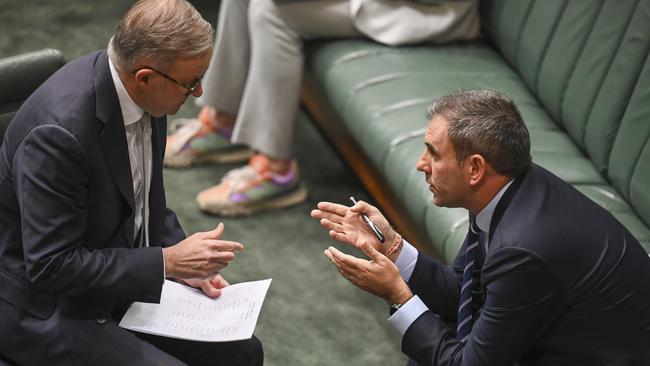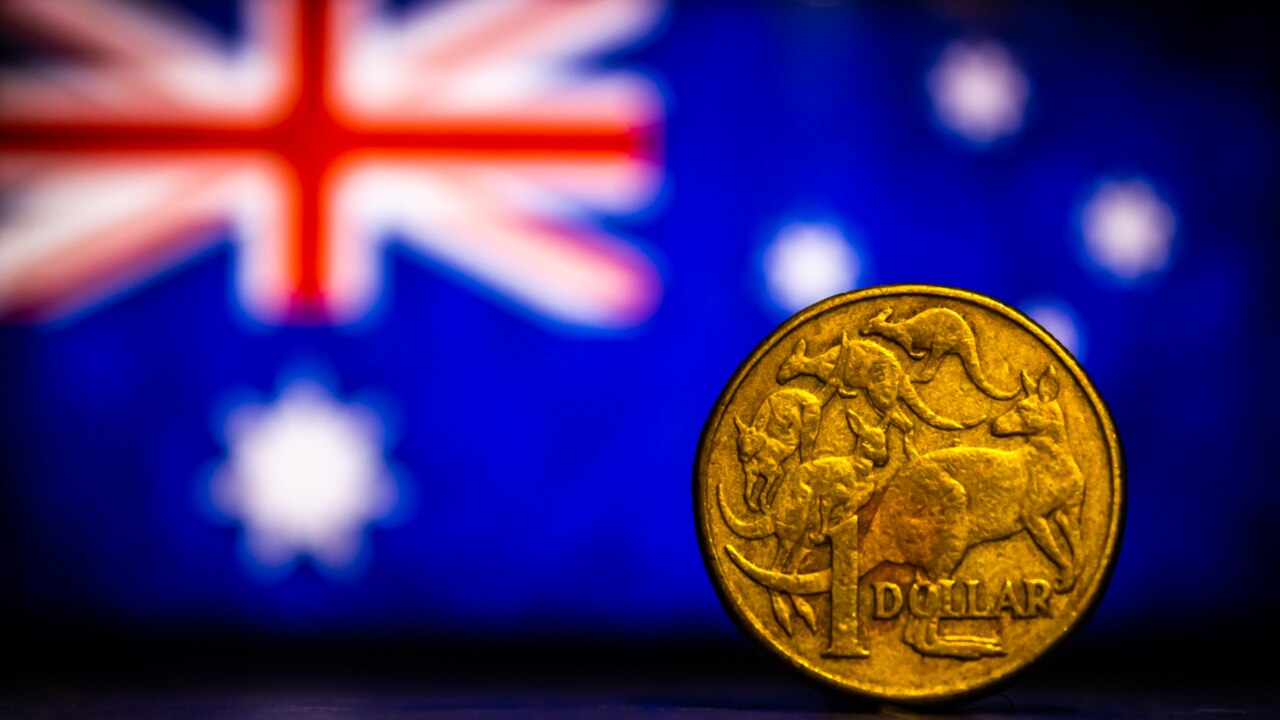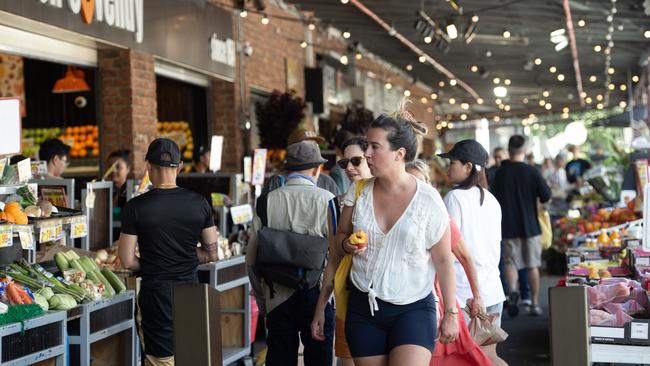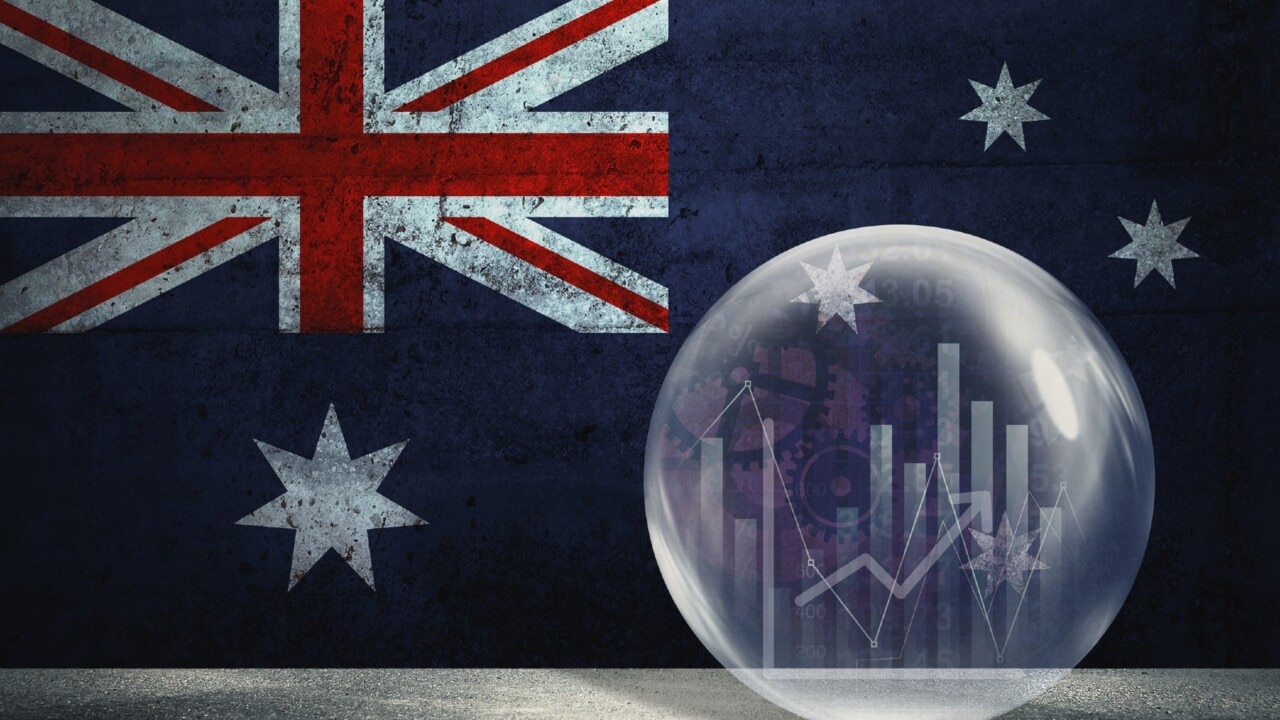Cost of living relief is no way to tame inflation


Of course, everyone notices it costs more at the supermarket and that the bills are much higher than they were. Just meeting the necessary expenses of living becomes more of a challenge, particularly for those on low incomes. Spending on non-essential items is curtailed. The CPI or wage-related adjustments to the Age Pension, various welfare payments and defined benefit pensions help, but don’t seem to fully accommodate the higher costs of living.
But the impact of inflation goes beyond the effect on daily expenses. It erodes the real value of people’s savings, disrupting the retirement plans of older folk who are not in a position to make significant adjustments to their financial position. For those with variable-rate mortgages taken out recently, the higher interest rates associated with fighting inflation impose a real burden in terms of higher monthly outlays.

There is also the point that reducing the rate of inflation doesn’t mean prices return to their previous levels. It’s also highly unlikely the cash rate – and its link to mortgage rates – will fall much below 3 per cent. There may have been 13 upward adjustments to the cash rate since 2022; there won’t be 13 downward adjustments.
To be sure, there are some benefits from inflation. Savers now benefit from higher interest rates on their term deposits. The real value of debt is reduced, which is fine as long as the holders of the debt are in a position to service it. Government revenue flows more rapidly as higher tax payments, particularly via bracket creep, boost the bottom line.
If we think about the most recent bout of inflation, it’s obvious what started it. The combination of supply-side blockages associated with Covid measures and massive boosts to demand through both fiscal and monetary policy were always going to lead to higher prices. The war in Ukraine was another factor spurring higher energy costs. But it was never the main cause, both because of the timing of this event and the fact that inflation has been across the board.
The reality is that Australia and other advanced economies had become accustomed to very low rates of inflation during the second decade of this century. In fact, the Reserve Banks struggled to achieve an inflation rate in the target range of 2 to 3 per cent per year – the rate was too low! Arguably, both the government and the RBA were lulled into a false sense of security. Was it possible to significantly boost aggregate demand and have very low unemployment without triggering an inflationary cycle?
As it turned out, the rules of the game hadn’t really changed and the solutions are also the same: restricting the growth of aggregate demand while ensuring any supply problems are remedied.
You only need look at the figures to see how the problem initially emerged. In 2019-20, spending by the federal government increased in real terms by a whopping 13.4 per cent; it grew by 17.1 per cent the next year. It was close to inevitable that inflation would take off irrespective of how carefully this spending spree was managed – and, let’s face it, it wasn’t carefully managed.

We also shouldn’t ignore what the state governments were up to. Their recurrent spending exploded during Covid; infrastructure spending continued apace. Overall state and local government spending rose from 14.4 per cent of GDP in 2019 to 15.4 per cent in 2020.
With the rate of unemployment running below 4 per cent and net overseas migration surging once the international borders were open, the scene was set for inflationary bushfires across the board. Housing is one area in which prices have risen dramatically, both in terms of house prices and rents. The most recent CPI figures point to ongoing price pressures affecting housing.
The obvious question is: Could governments have done anything differently to prevent this unfortunate outbreak of inflation and the need for unpopular anti-inflation policies? Of course, it’s easy to be wise in hindsight but there are clear lessons for the future.
The more pertinent question is: Are governments now acting appropriately to assist the rate of inflation returning to 2 to 3 per cent per annum and thereby assisting the Reserve Bank in its quest?
The federal government made the rookie mistake of introducing a number of specific cost-of-living measures in the mistaken belief this route would ease inflation. Think here childcare fee assistance, free TAFE courses, tinkering with the energy market, cheaper pharmaceuticals.
There are two crucial problems with these measures. The first is that they don’t do anything to dampen aggregate demand: spending less on childcare fees simply releases funds for affected parents to spend more in other areas.
Secondly, many of these measures ignore the supply features of the affected activities: if supply is relatively inelastic, which it almost always is in the short term, these measures actually drive up prices.

The most direct way for the federal government to tackle the inflation problem is to reduce its real spending. While the big Covid-related spending was unwound, the Labor government has shown scant willingness to actually cut government spending, in either absolute terms or as a percentage of GDP. This financial year, federal government spending is expected to grow by nearly 4 per cent, with overall spending accounting for 26.5 per cent of GDP.
It is possible that luck may be on the Labor government’s side, with international developments pointing to a sharp reduction in inflation in a number of advanced economies. China’s economic problems are leading to falls in the price of its exports, which is in turn flowing through to lower goods inflation.
The weak link relates to inflation in the services sector, where housing costs continue to be a major concern as well as wage rises unaccompanied by any rise in productivity. Attempts by the government to reduce the growth of net migration also look inadequate. A big-spending budget would make matters worse.
In the meantime, the living standards of most Australians have been hammered. Real gross disposable household income per capita has been falling since 2022, with the actual level now only matching that attained in 2017. It’s no wonder inflation is disliked, but the measures needed to contain it are also unpopular.
The clear messages are to avoid an outbreak of inflation in the first place and to make sure inflation is sustainably contained before reversing the necessary policies.







People don’t like inflation, but people also don’t like the measures needed to control it. This is the heart of the politics of inflation. It is the main reason why many governments are not good at the task.